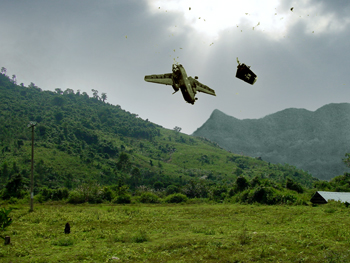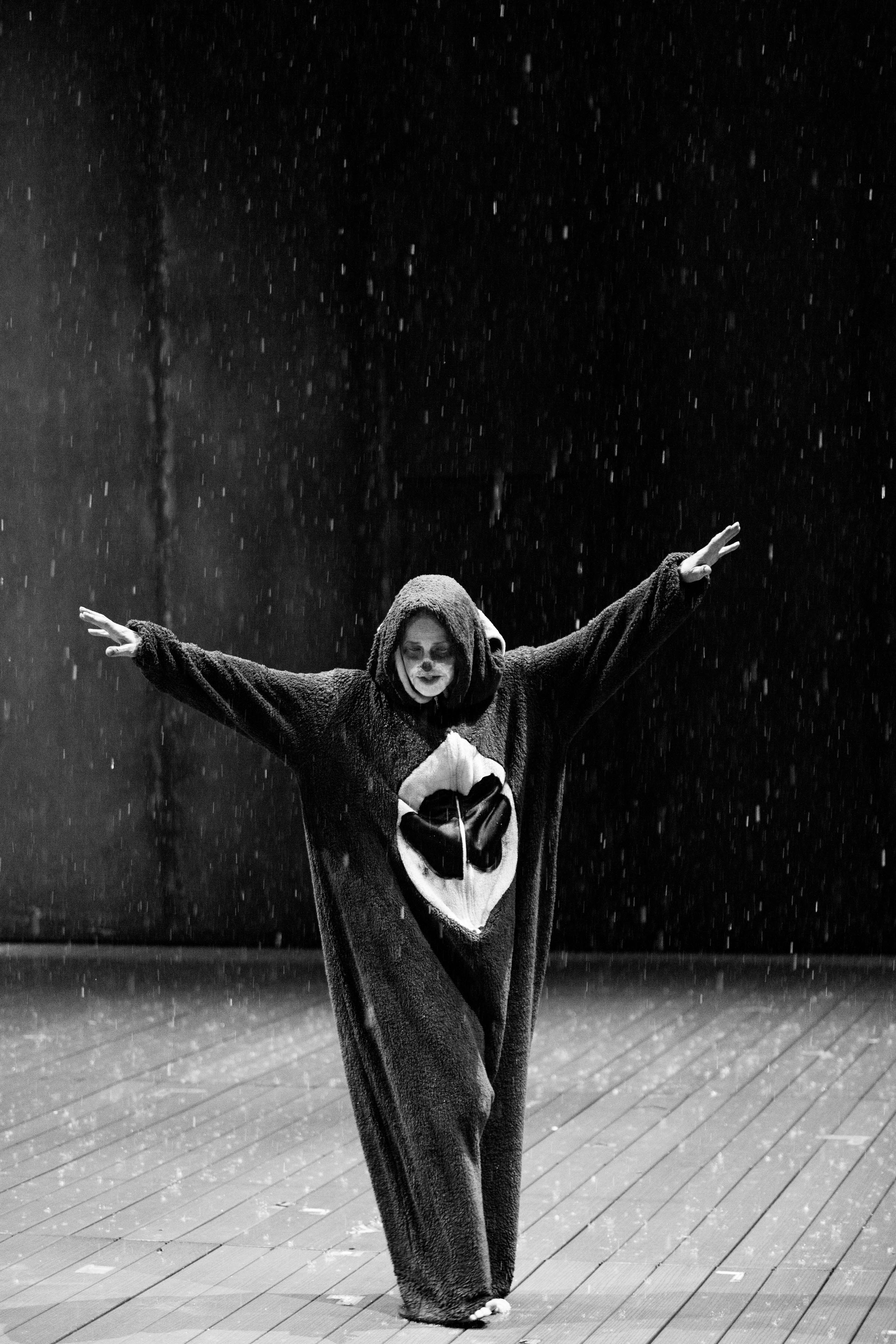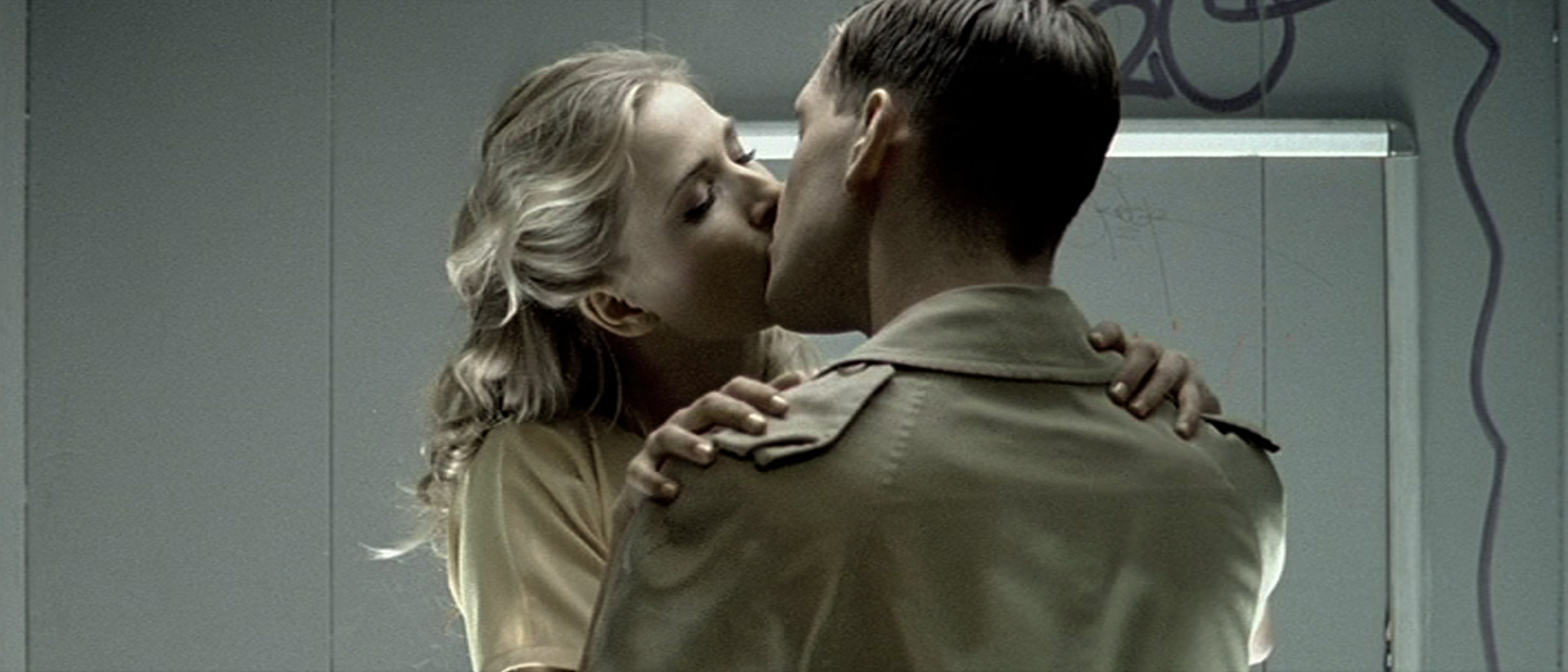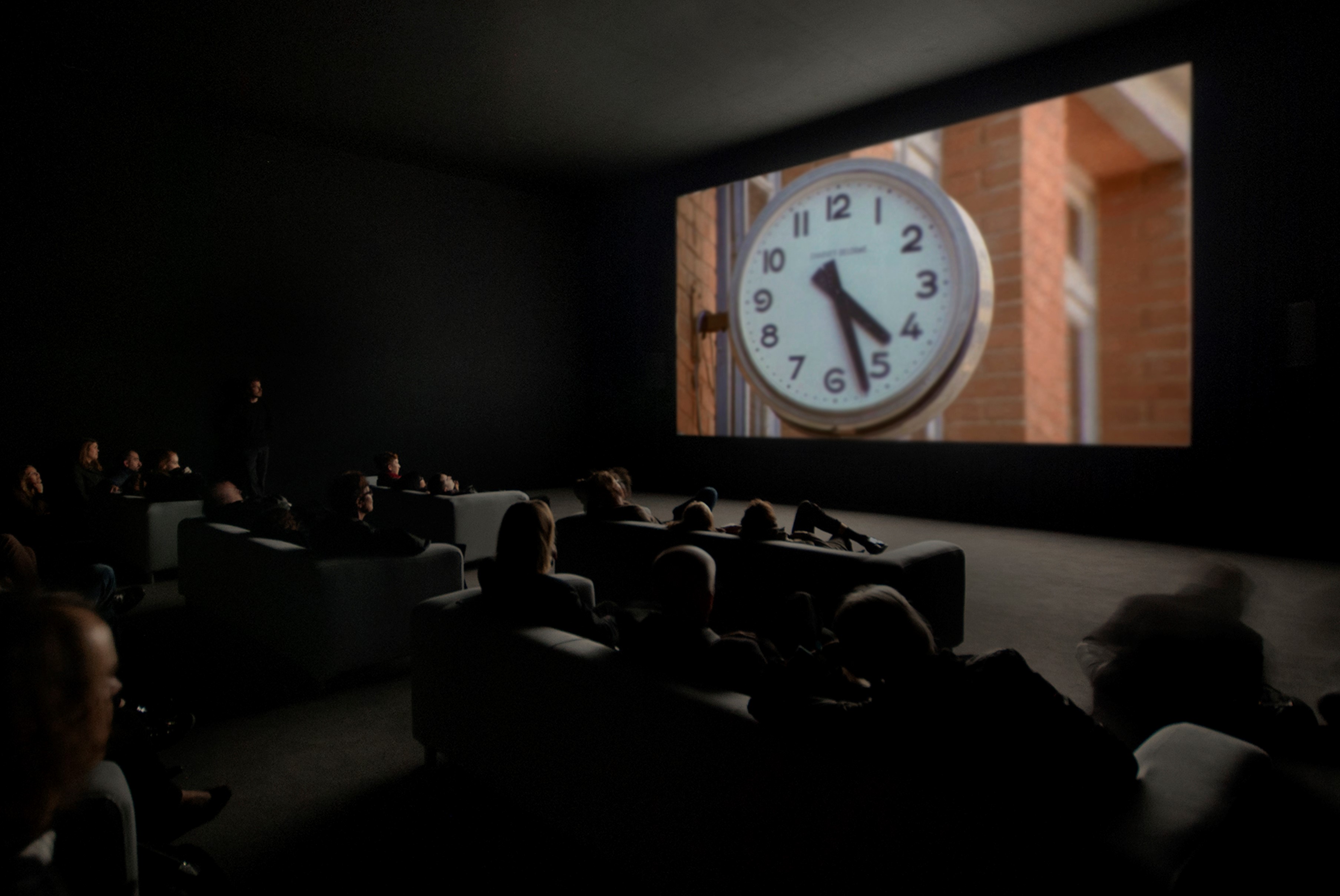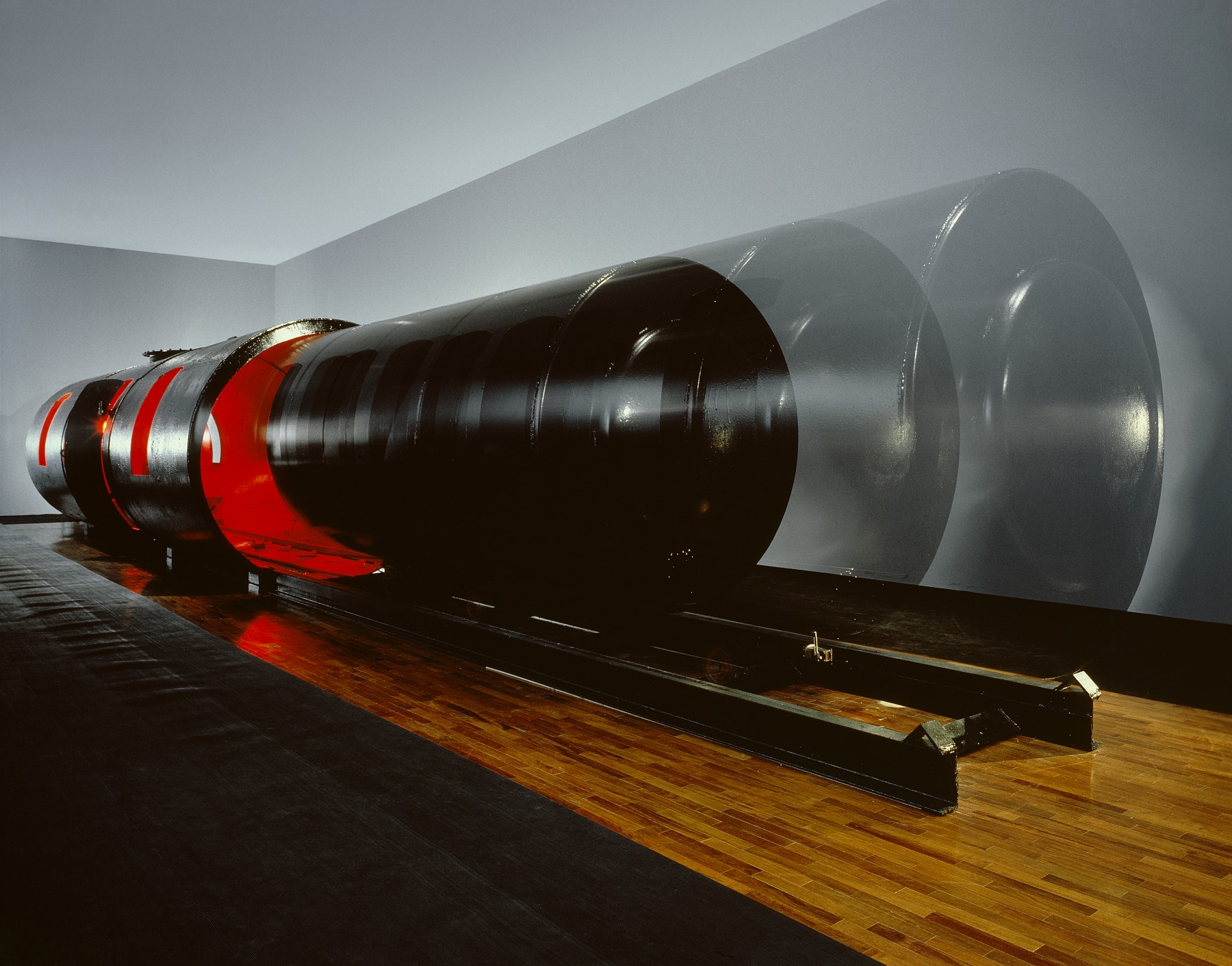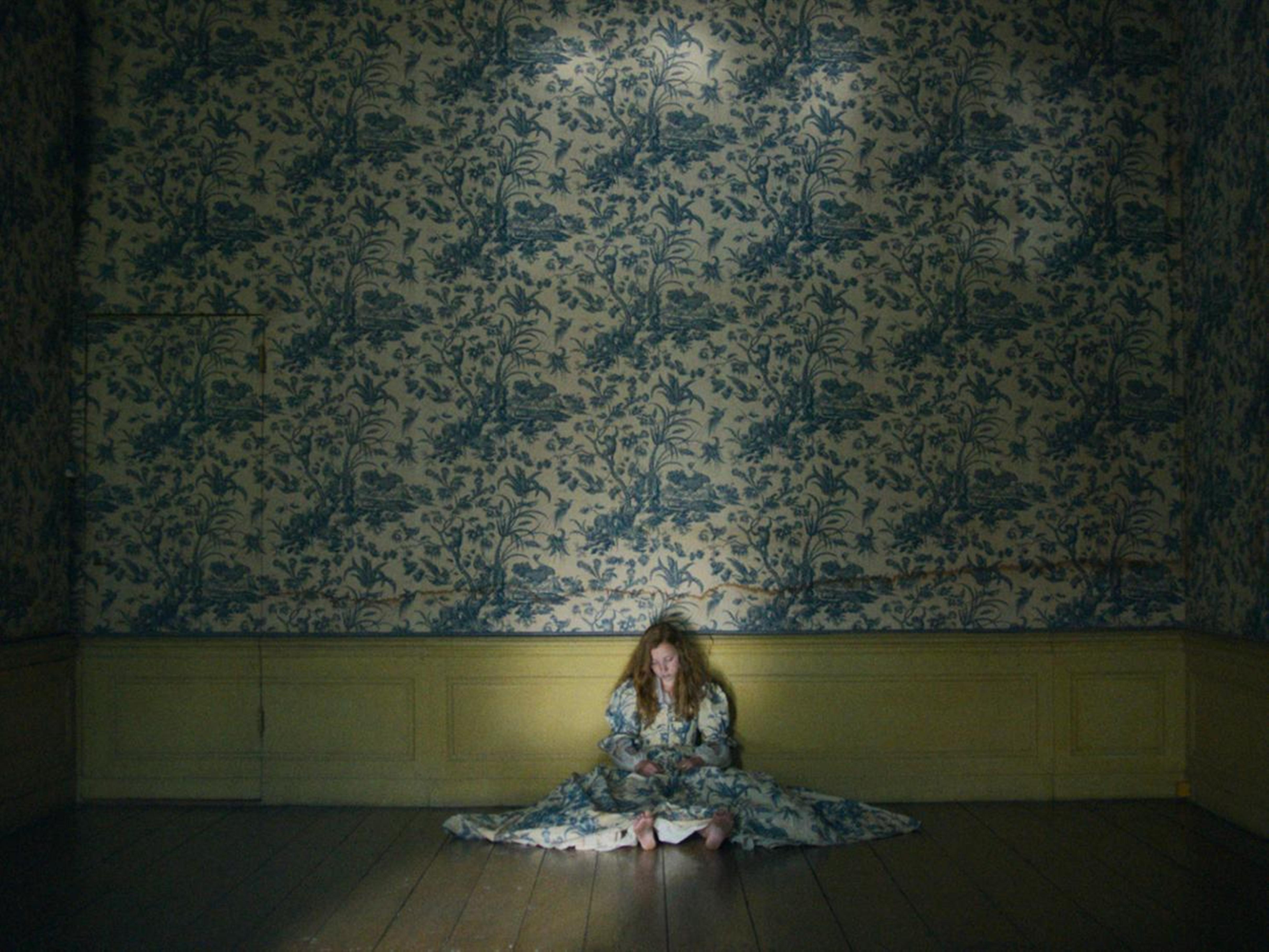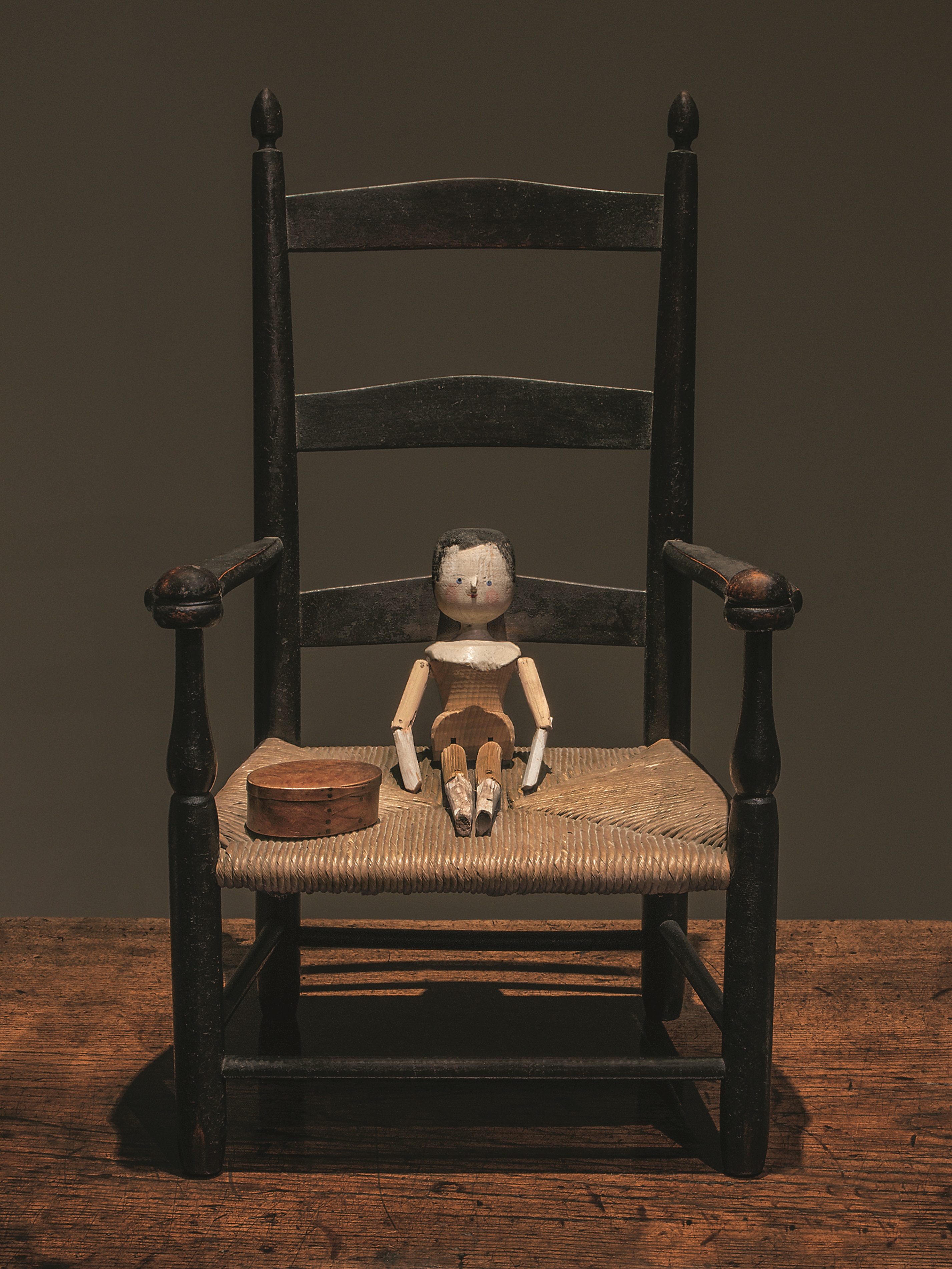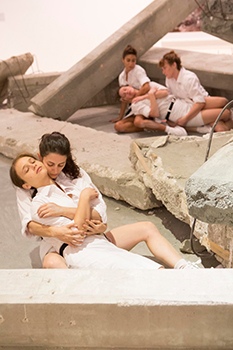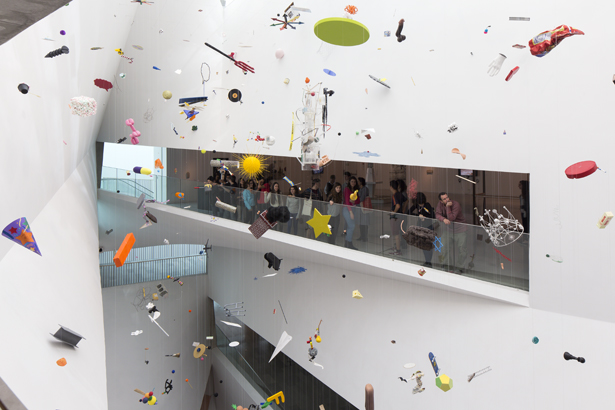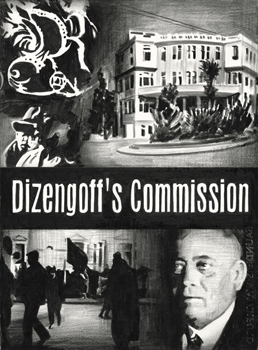David Claerbout
the time that remains
21 September–31 December 2012
Helena Rubinstein Pavilion for Contemporary Art –
Tel Aviv Museum of Art
6 Tarsat Blvd, 64283 Tel Aviv, Israel
Hours: Sat, Mon, Wed 10–16h;
Tue, Thur 10–22h; Fri 10–14h
Curator: Nili Goren
Dedicated to the filmic works of Belgian artist David Claerbout (b. 1969), one of the most innovative artists working with moving image, this exhibition features pieces he has made between 2000 and 2012. Claerbout expands the boundaries of video and photography, navigating between photographic and digital techniques and blurring the distinction between the still and the moving image. The complex processing of images in motion offer an intriguing reading of reality and illusion, through the depicting of mundane activities that turns out as enigmatic codes of narrative progression along time.
Bordeaux Piece (2004) almost 14-hours long repetitive epic film composed from 10-minute intervals of a scene loosely based on Jean-Luc Godard’s “Mépris” (Contempt), played by three actors and filmed repeatedly seventy times a day over the course of numerous days between mid-July and mid-August. In the final edit, the story is played out seventy times over, each sequence composed of shots taken at the same light, corresponding to the same time of day, but on different days. As daylight changes, the repetition exhausts the narrative element and duration turns into form. The Algiers’ Section of a Happy Moment (2008) is a puzzle composition of thousands of images shot from different points observing a small soccer pitch on the roof of the Casbah in Algiers, reflecting “the suspicious gaze” termed by Claerbout.
The Quiet Shore (2011) shows a beach in Brittany at low tide. In the special and fleeting moments of twilight the smooth, wet, mirror-like surface of the sand reflects the world around it. Sunrise (2009) is a nocturnal scene showing a maid setting up breakfast in a villa in pre-dawn darkness. The camera follows her as she finishes her shift and cycles off into the surrounding countryside while darkness gives way to bright sunlight, as Rachmaninoff’s Vocalise accompanies her journey into daylight. Vietnam, 1967, near Duc Pho (reconstruction after Hiromichi Mine) (2001) depicts a plane shot down by friendly fire during the Vietnam War. The scene comes from a famous black-and-white photograph taken by war reporter Hiromichi Mine. Claerbout filmed the landscape thirty-three years later, and combined the two into a subtle moving and still image. In Shadow Piece (2005) a number of passersby attempting to open a set of glass doors into the entrance hall of a building. The plot and motivation of their act becomes secondary to the frozen and static substance of time achieved by their fixed remaining shadows.
Exploring temporality and manipulating cinematic time by compression and suspension of still and moving images, Claerbout’s videos give form to duration and substance to time while diminishing narration or reducing its conditions to the point of no conclusion and uncertainty.
David Claerbout: the time that remains has been organized by Parasol unit foundation for contemporary art, London, and is accompanied by a comprehensive publication, co-produced with WIELS, Brussels, and distributed by Ludion.
*Image above:
David Claerbout, Vietnam, 1967, near Duc Pho (reconstruction after Hiromichi Mine), 2001. Single channel video projection, color, silent, 3 minute loop. Courtesy the artist and Galerie Micheline Szwajcer.
